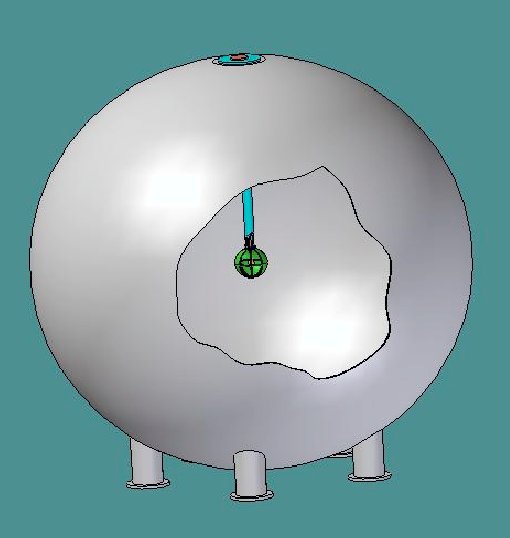The use of a gaseous large-volume spherical TPC detector (Time Projection Chamber) for supernova neutrino detection is under consideration. The detector would have a diameter of 4 to 6 metres and would be filled with argon or xenon gas at the pressure around 10 bars.
The aim is to establish an European wide network of several of such simple, robust and low-cost detectors. One possible site is the Pyhäsalmi mine, where a suitable cavern exists at the depth of 660 metres. Other possible sites are Modane in France, Canfranc in Spain, Boulby in U.K. and Gran Sasso in Italy.
A prototype detector of the diameter of 1 metre exist at Saclay, France. The next phase is its extension to the diameter of 4 metres.

The advantage of the TPC detector is, compared with other neutrino detectors, that it has small and compact size and it can be built and run at low costs. This is a result of the detection principle which is based on the coherent neutrino-nucleus scattering. It has very high cross section (order of 10-38 cm2) and is valid at the supernova neutrino energy range. The disadvantage of this method is very low recoil nucleus (xenon, argon) kinetic energy, which is at maximum below 10 keV. The detection of such low-energy recoils can be made possible by MICROMEGAs read-out system.
This type of TPC detector could possible be used for dark matter (WIMP) detection. The detection of the WIMPs, however, requires much smaller (fast neutron) background. A smaller backgound can be obtained by building detector at deeper site. Which depth is deep enoung needs more careful studies.
References